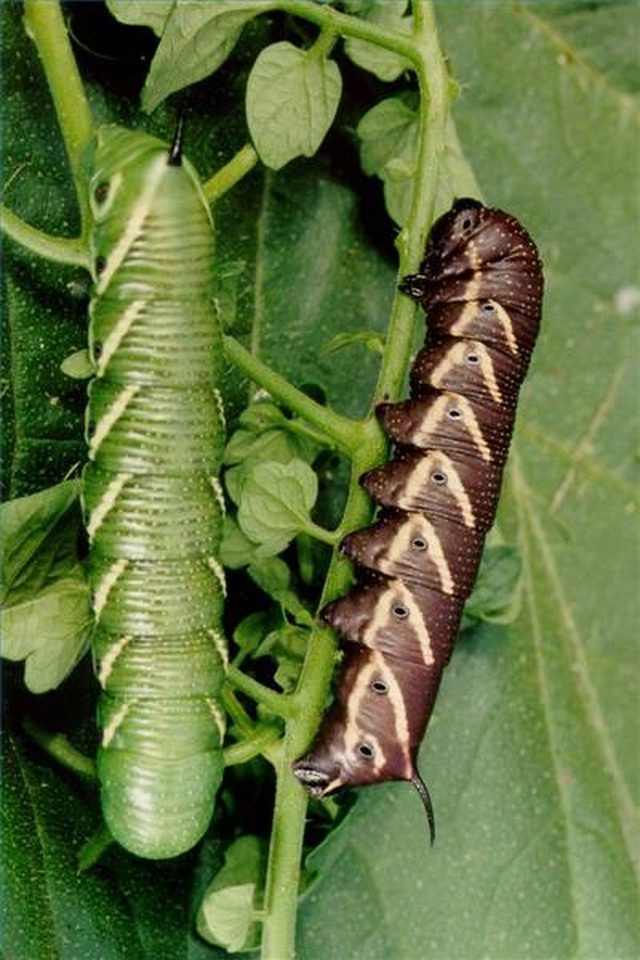Bulbs
Flower Basics
Flower Beds & Specialty Gardens
Flower Garden
Garden Furniture
Garden Gnomes
Garden Seeds
Garden Sheds
Garden Statues
Garden Tools & Supplies
Gardening Basics
Green & Organic
Groundcovers & Vines
Growing Annuals
Growing Basil
Growing Beans
Growing Berries
Growing Blueberries
Growing Cactus
Growing Corn
Growing Cotton
Growing Edibles
Growing Flowers
Growing Garlic
Growing Grapes
Growing Grass
Growing Herbs
Growing Jasmine
Growing Mint
Growing Mushrooms
Orchids
Growing Peanuts
Growing Perennials
Growing Plants
Growing Rosemary
Growing Roses
Growing Strawberries
Growing Sunflowers
Growing Thyme
Growing Tomatoes
Growing Tulips
Growing Vegetables
Herb Basics
Herb Garden
Indoor Growing
Landscaping Basics
Landscaping Patios
Landscaping Plants
Landscaping Shrubs
Landscaping Trees
Landscaping Walks & Pathways
Lawn Basics
Lawn Maintenance
Lawn Mowers
Lawn Ornaments
Lawn Planting
Lawn Tools
Outdoor Growing
Overall Landscape Planning
Pests, Weeds & Problems
Plant Basics
Rock Garden
Rose Garden
Shrubs
Soil
Specialty Gardens
Trees
Vegetable Garden
Yard Maintenance
How to Get Rid of Caterpillars in a Vegetable Garden
How to Get Rid of Caterpillars in a Vegetable Garden. When caterpillars invade your vegetable garden, you will need a solution--fast. Caterpillars can do a lot of damage in a small amount of time. Signs of a caterpillar invasion include chewed leaves and misshapen fruits. Non-toxic, effective controls are available to reduce or eliminate the...

When caterpillars invade your vegetable garden, you will need a solution--fast. Caterpillars can do a lot of damage in a small amount of time. Signs of a caterpillar invasion include chewed leaves and misshapen fruits. Non-toxic, effective controls are available to reduce or eliminate the destruction caused by these common garden pests.
Things You'll Need
Small bucket or large cup
Rubber gloves
Garden sprayer and appropriate treatment
Trichogramma wasp cocoons
How To Get Rid Of Caterpillars In Your Garden
Begin with a physical attack. Early morning or late evening are the prime caterpillar hunting times. Look on the underside of leaves, flicking off anything that looks like an egg cluster, and pick off any adult caterpillars. Drop them into an empty cup and release them several hundred yards away from your vegetable garden. You can also drop them into soapy water to kill them.
Spray with an earth-friendly bacterial. Bacillus thuringiensis (Bt) is favored by many gardeners because it is selective; it is safe for many beneficial insects as well as fish, birds and mammals. It is mixed with water.
Release the parasites. Trichogramma wasps are small parasites that feed on the eggs of moths and caterpillars. When you purchase Trichogramma wasps, they will arrive inside parasitized moth eggs. Hang the eggs in your garden and wait for them to hatch. There are several species of Trichogramma; T. pretiosum is used on vegetable and field crops.
Practice good garden hygiene. Remove dead leaves and debris at the end of the season and prune and dispose of any diseased plants. Disinfect tools regularly.
Tips & Warnings
Wait until you see caterpillars before releasing beneficial insects. If you release them without a tempting food supply, they will fly off in search of better grounds.
Many insecticides and other chemicals are toxic to pollinating bees and should not be used on flowering plants.